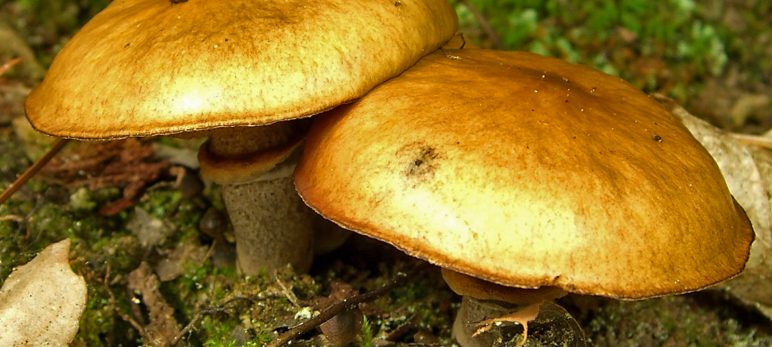Suillus luteus, to be eaten or not?
During summer and autumn, many people around the world are searching for wild mushrooms in the forests. Every mushroom enthusiast has one or two favorite species on his mind and he is looking in specific places and types of forest to find the fungus that will make him happy and satisfied.
If your favorite mushroom is Boletus and you are looking for this in coniferous forests mainly, you might come across to a mushroom that looks like Boletus but it has minor differences. So, if you find a large, weighty mushroom with a sticky, slimy brown cap and yellow pores, which veil tears to leave an irregular ring, then you may have found a Suillus luteus.
You may wonder if this mushroom is edible or not. In many books about wild mushrooms’ edibility, authors usually describe Suillus luteus as an edible mushroom but with low quality. Some others say that it is edible with caution, because it must be peeled before eaten. If someone consumes this mushroom without peeling off and removing the slimy cap, this might cause gastric upset or cause allergic reactions in some people.
What about its name? What really means Suillus luteus?
Suillus is an ancient term for fungi and luteus is a Latin adjective that means yellow. So, Suillus luteus, just simple, is a fungus with yellow pores
This mushroom can be found all over the Northern Hemisphere and it is waiting for you to discover it. Whether you decide to taste it or not, this must be your choice!
Check out the *NEW* Mushring Probability Model (MPM) forecast maps for wild mushrooms fruiting



